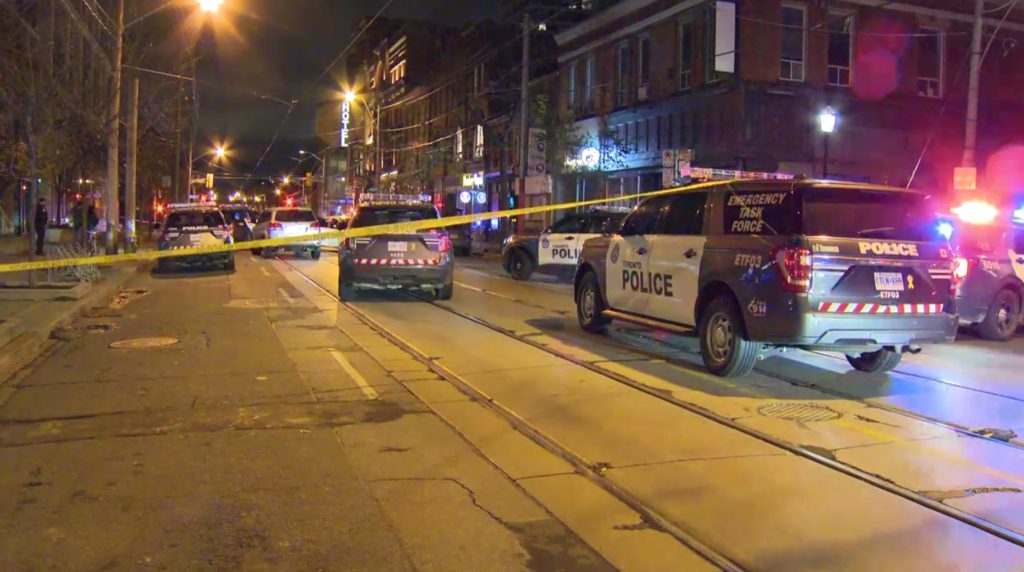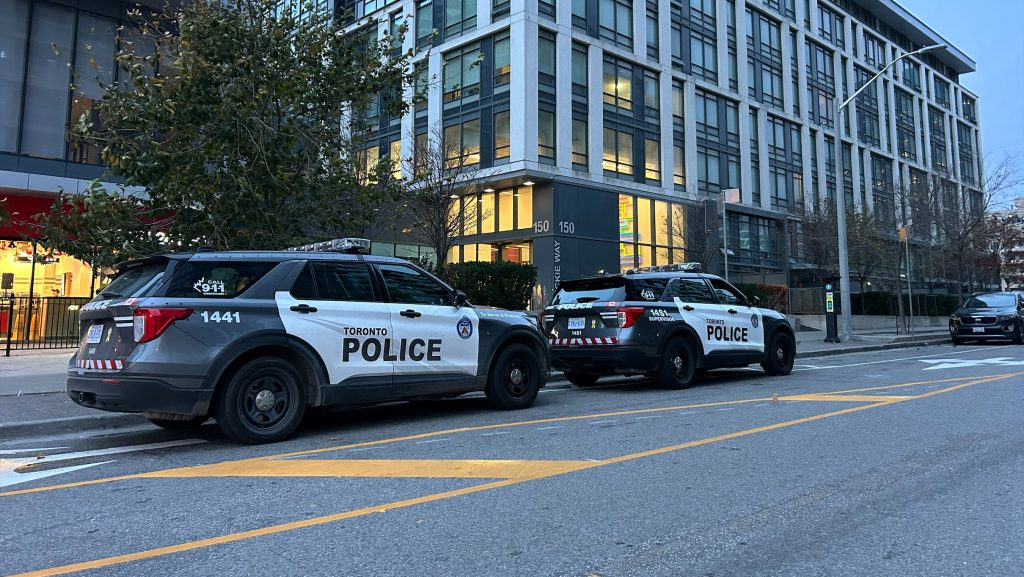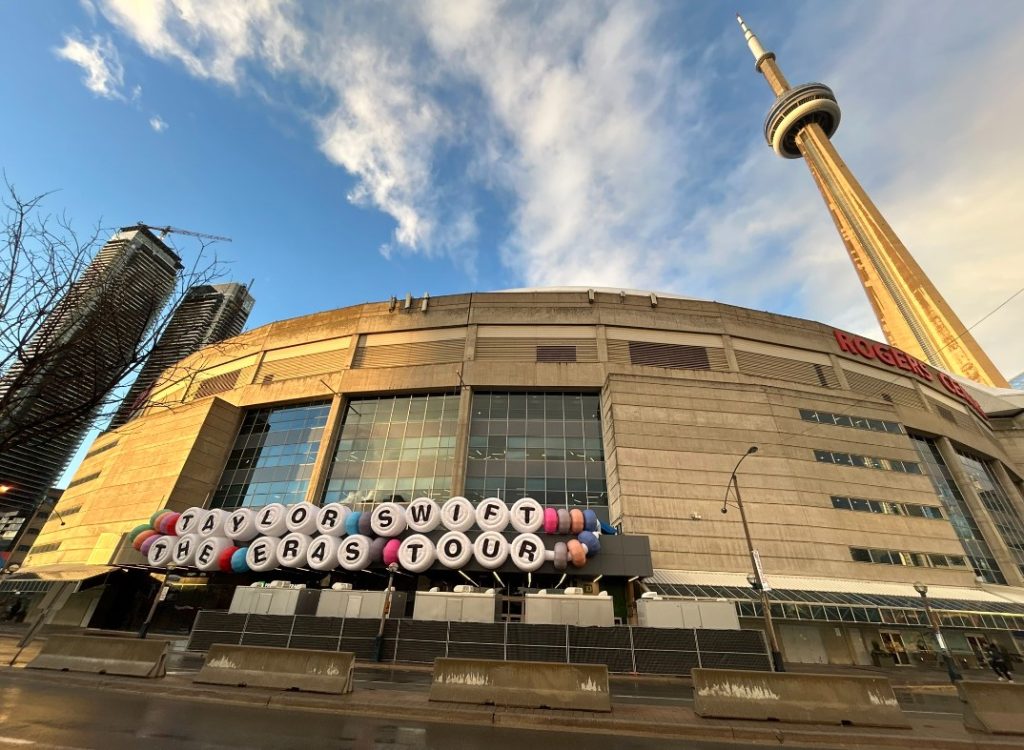California water tunnel hangs over budget talks as legislators challenge Gov. Newsom’s plan

Posted June 15, 2023 3:27 pm.
SACRAMENTO, Calif. (AP) — California Gov. Gavin Newsom is pushing the state Legislature to tackle what has long been one of the biggest gripes about government: Taking far too long to build things like roads and bridges.
But Newsom’s plan to cut through red tape has slowed in the state Legislature, where some lawmakers fear his true motive is to favor a single project — the long-delayed and long-disputed plan to build a giant tunnel to re-route how the state moves water from north to south. The tunnel reflects the tension between arid Southern California, where most of the people live, and Northern California, the source of most of the state’s water.
Newsom is seeking major changes to the state’s building and permitting process. He wants to make it easier and faster to build a slew of projects, from solar, wind and battery power storage to road maintenance and bridge repairs. His administration denies that the changes are aimed at expediting the tunnel. But as budget negotiations speed toward a deadline, debates over his plan have repeatedly turned to the tunnel.
“I think it’s more than the elephant in the room,” said Assemblymember Rebecca Bauer-Kahan, a Democrat who represents Contra Costa County in Northern California, told the Newsom administration during a public hearing last week.
Democrats who control the state Legislature passed their own version of the state budget on Thursday that does not include Newsom’s proposed changes on building and permitting. It’s a placeholder until legislative leaders can strike a deal with Newsom by the end of the month.
Most of California’s water comes from rain and snow that falls in the northern part of the state, with rivers cascading down the Sierra Nevada on their way to the Pacific Ocean. California has a complex system of dams, reservoirs and canals that divert water for drinking and farming.
Supporters say the project, commonly known as the Delta tunnel, is a much-needed update of that water delivery system, which they say is not equipped to handle periods of prolonged drought followed by intense storms, like what happened earlier this year when the state was hit by roughly a dozen atmospheric rivers.
But the Delta tunnel has strong opposition among the five counties that comprise the Sacramento/San Joaquin River Delta region. They fear construction of the 45-mile (72 kilometer) underground tunnel directly connecting the Sacramento River to the California Aqueduct will destroy valuable farmland and deny threatened species of fish like the Delta smelt and winter-run Chinook salmon the river water they need to survive.
Opponents of Newsom’s plan say it would aid the development of the tunnel in several ways ways, including: Reducing the number of votes needed for proposals to pass the Delta Stewardship Council, a regulatory body responsible for vetting the tunnel project; ending some permanent protections for the sandhill crane, a bird whose habitat could be disrupted by the tunnel’s construction; and limiting what documents, including some emails, could be disclosed in lawsuits challenging construction projects for environmental reasons.
“There are so many elements of this (proposal) that they slid in to push through the Delta tunnel by changing the rules,” said Barbara Barrigan-Parilla, executive director of Restore the Delta, an environmental advocacy group that doesn’t support the tunnel.
Assemblymember Carlos Villapudua, a Democrat from the San Joaquin Valley city of Stockton, said he likes the idea of accelerating construction projects, but says it should apply only to those projects everyone can agree on. He’s pushing for an amendment that would prevent Newsom’s changes from applying to the tunnel.
“To try to force something through at the last minute like this on such a controversial issue, it’s so inappropriate,” Villapudua said. “We are a body that he needs to answer to. And as much as we want to work with the governor, we are a pretty strong body.”
Wade Crowfoot, secretary of the California Natural Resources Agency, said changing the number of votes required for approvals by the Delta Stewardship Council aligns with other state boards with similar responsibilities, including the California Coastal Commission. He said the new design for the tunnel project would largely avoid impacting the sandhill crane because it would put utility wires underground. And he said all emails would still be available through public record requests, which anyone can file.
“In each of these cases, I can understand a connection is being drawn to the tunnel,” Crowfoot said in an interview. “But this package was generated … to focus on the totality of infrastructure that we have to deliver. It wasn’t built to advance the delta project.”
In public hearings, Crowfoot has told lawmakers that California needs to triple the amount of new energy projects over the next two decades to keep up with soaring demand for electricity as people and businesses move away from fossil fuels. He warned that California could lose 10% of its water supply over the next 15 years as the climate grows hotter and drier, necessitating construction of more water storage projects.
Plus, Crowfoot told lawmakers that California sometimes misses out on federal funding for construction projects “because of the perception we will move too slowly to get this money to work.”
While he faces some pushback in the Legislature, Newsom can still negotiate from a position of strength. Some of the state’s powerful labor unions, which donate lots of money to Democratic lawmakers’ campaigns, back his proposal.
“With California set to invest $180 billion on infrastructure projects over the next 10 years, thousands of good-paying jobs are on the line,” Joel Barton, secretary-treasurer of the California Association of Electrical Workers, said in a statement released by the Governor’s Office.
Adam Beam, The Associated Press








